Although some people still have the habit of asking for higher prices, most traders choose to sell at the right price to avoid being prosecuted, not to mention being turned away by customers.
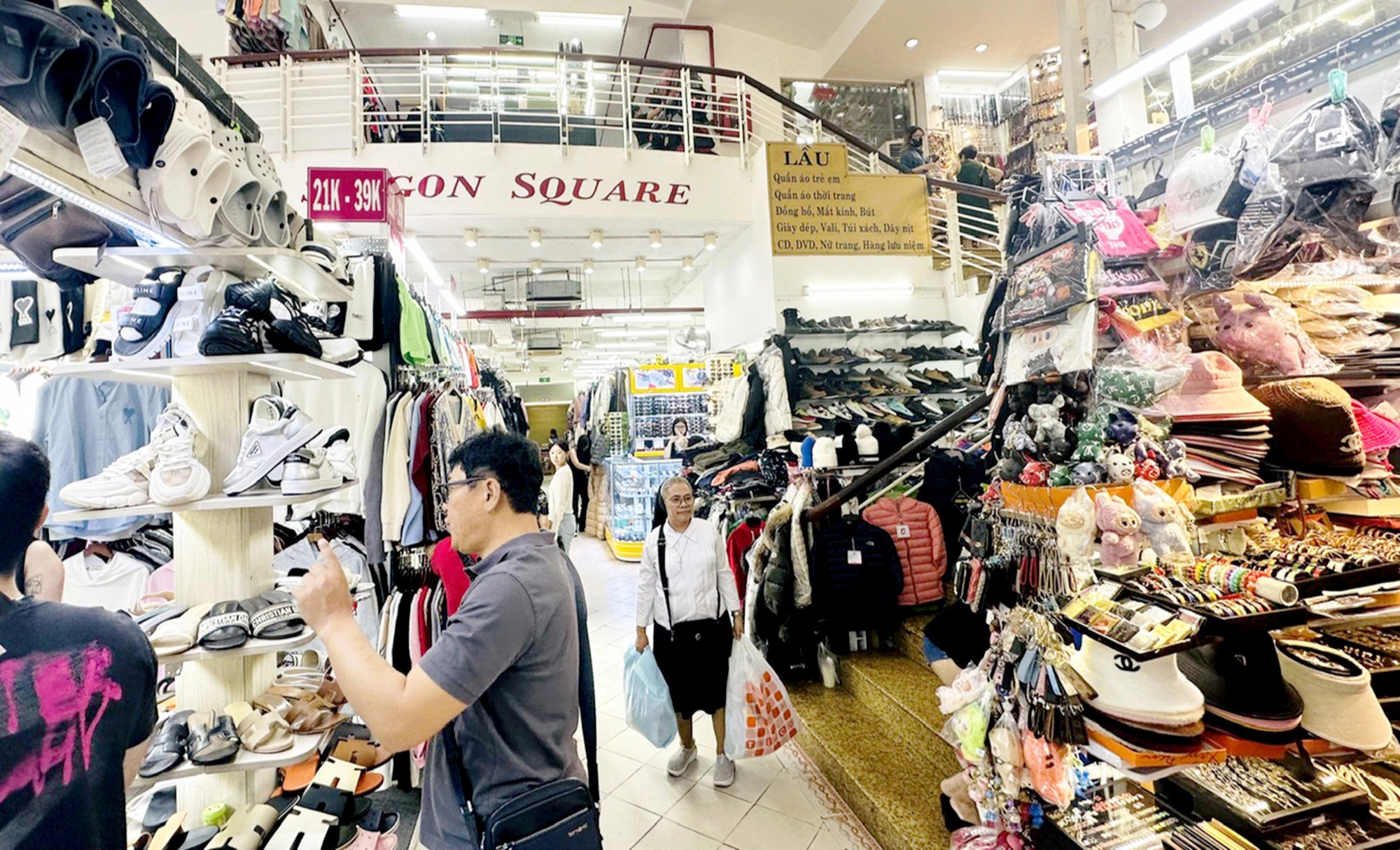
Instead of haggling, many vendors at traditional markets choose to sell at the right price to attract customers to come back - Photo: VAMINH
While many traders still maintain the habit of overcharging, cheating on scales..., causing frustration for customers, most traders at markets in Ho Chi Minh City choose to be transparent about prices and sell goods at the right price to maintain business operations under the pressure of competition with online markets.
Many experts affirm that traditional markets still have their own appeal thanks to the direct selling method, where customers can "touch and see" the products with their own eyes. If business attitudes improve and the habit of "overcharging" and "sky-high prices" is abandoned, traditional markets will still be the destination for many customers, even though they still have to compete with online markets.
Traditional markets change to keep customers
On December 10, entering Phu Nhuan market (Phu Nhuan district), right at the entrance are stalls selling a variety of glass, plastic, and household items. Holding a 1-liter glass jar for storing spices, we asked for the price and the shop owner quoted us 75,000 VND.
"I want the transparent glass type, thinner ones are also available. Price 120,000 VND/jar. The thicker the glass, the cheaper the price. If you don't believe me, go online to check the price. The price here is the same as the price here" - said Ms. Le Thi Xuan, the owner of this store.
Talking to us, Ms. Xuan said that traditional markets are all in a slump, so many traders choose to sell at the right price in the hope that customers will come to buy, because they need to pay for the cost of maintaining the stall, the cost of the market management board, the warehouse...
"What era is this that still haggles? Instead of driving to the market to buy something and being haggled over, customers can go online to order and have the prices published, isn't that better? So instead of haggling over prices, most sellers now try to sell at the right price so that customers will come and buy," Ms. Xuan added.
Going deeper into the market, from the meat, vegetable, sausage... or other processed food stalls, although the prices are not listed, the selling prices of most stalls are not different. A kilo of pork belly is sold at the first stall of the market for 140,000 VND/kg, the last stall of the market also has the same price.
"The price at the beginning of the market is the same, the price at the end of the market is the same. Pork sausage, ribs, ham... all have public prices. If I sell at a higher price, people will stop buying or they will call the hotline and someone will come to check. Moreover, we have to sell at the right price if we want customers to come back," said Mr. Le Anh Tuan, the owner of a meat shop at this market.
At Tan Dinh market (District 1), known as the rich market because most of the customers have high incomes, the prices of food and fresh products here are higher than in other markets.
However, the traders affirmed that there was no haggling, but that "the price of a fish or a bunch of vegetables includes the management fee for the market in the city center."
"In the morning I sell at Tan Dinh market, in the afternoon I sell at the market in Go Vap district. Also 1kg of sea tiger prawn, if in Tan Dinh market it is 450,000 VND/kg, but in Go Vap I only sell it for 350,000 - 370,000 VND/kg.
People from other places come here to buy, and if they don't understand, they will say it's a price gouging. But that's not true, because it includes many costs, and here we have to accept it" - Ms. Ho Thi Thoa, a seafood vendor, said.
Small traders must adapt to new trading trends.
With fashion and clothing items... that used to be "overpriced" by many retailers, there have also been changes due to concerns that customers will leave and switch to online markets.
At a sportswear stall in Saigon Square (District 1), when we asked for a 50,000 VND discount from the quoted price of 250,000 VND/set of Vietnamese sportswear, Mr. Pham Van Toi firmly refused to sell, saying that the price was already correct.
"I'm not asking for a price. There are many "eyes and ears" for the management and the authorities here. If I ask for a price, someone will come down to check. Wholesale is slow, and it's the end of the year but there's still no motivation to get new goods, so I'm asking the right price to clear the warehouse," said Mr. Toi.
Some traders admitted that in the past, most of the traders in this market "overcharged" and "screamed" high prices, causing anger among consumers and damaging the market's image. Therefore, the market management board has stepped in, controlled and strictly handled the situation.
Although some people still have the habit of asking for higher prices, most traders choose to sell at the right price to avoid being prosecuted, not to mention being turned away by customers.
At a shoe stall in this market, when introduced to two pairs of shoes priced at 1.2 million VND/pair and 600,000 VND/pair, a foreign customer took out his phone, typed in the name of the shoe and the price. Then he took a screenshot and Google translated it into Vietnamese.
The online price on some e-commerce sites is 680,000 VND/pair, while on other sites it is 600,000 VND/pair. Therefore, the customer agreed to buy the product because the price was... the same as online.
The owner of an eyeglass store in a market in District 1 said that trading trends have changed, and sellers must also change and adapt.
"Now is not the time to bargain because customers are not going to the market as much as before. Now is the time to find quality sources of goods, diverse designs, competitive prices to publicly announce lower prices online to attract customers," he said.
A representative of the market management board said that according to regulations, traders in the market must register, list prices and sell at the listed prices. However, many large stalls sell hundreds, even thousands of products, so posting prices on each item would be very laborious and difficult, so the management board does not strictly require price posting.
"But we strictly control the selling price. This is the era of the "online market", the selling sites compete with each other on each price, publicly so customers can freely compare and choose. Therefore, traders at traditional markets must also change, otherwise they will be turned away by customers", he affirmed.
Tourist market is deserted
Information from Ben Thanh Market, District 1, said that although it is the peak shopping and sightseeing season, the market currently only welcomes about 3,000 visitors per day, a decrease of about 1,000 visitors compared to the same period last year and half, or even only 1/3 compared to stable years before the COVID-19 pandemic.
The number of visitors to the market has decreased, mainly for sightseeing rather than shopping. This situation has made many small traders lose interest in doing business, leading to more than 1,500 stalls as designed but only about 1,200 stalls are open for sale.
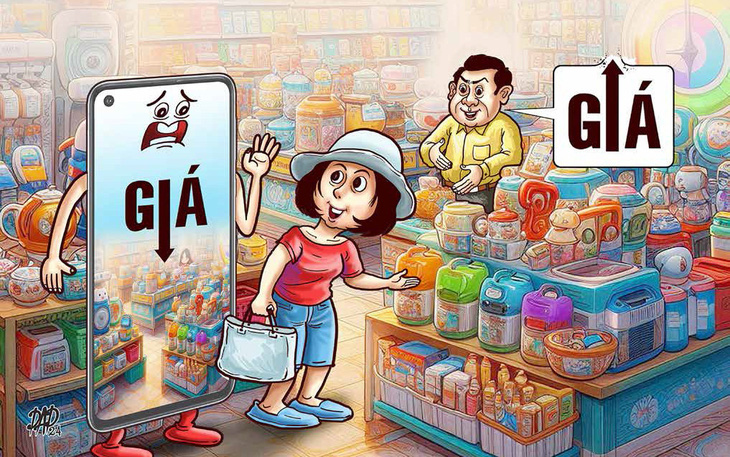 Traditional markets are narrow and difficult to bargain with.
Traditional markets are narrow and difficult to bargain with.Source: https://tuoitre.vn/chon-ban-dung-gia-de-giu-khach-20241212235429789.htm






![[Photo] Hanoi morning of October 1: Prolonged flooding, people wade to work](https://vphoto.vietnam.vn/thumb/1200x675/vietnam/resource/IMAGE/2025/10/1/189be28938e3493fa26b2938efa2059e)






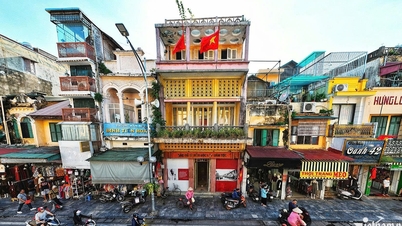




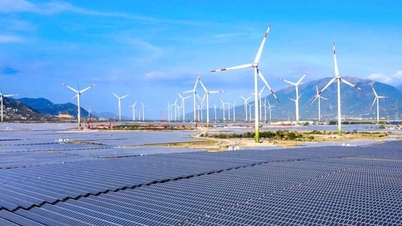










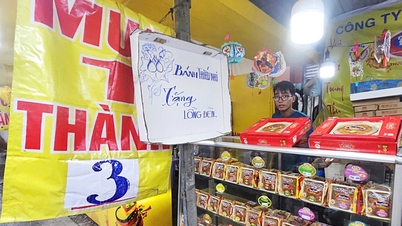




![[Photo] The 1st Congress of Phu Tho Provincial Party Committee, term 2025-2030](https://vphoto.vietnam.vn/thumb/1200x675/vietnam/resource/IMAGE/2025/9/30/1507da06216649bba8a1ce6251816820)
![[Photo] President Luong Cuong receives President of the Cuban National Assembly Esteban Lazo Hernandez](https://vphoto.vietnam.vn/thumb/1200x675/vietnam/resource/IMAGE/2025/9/30/4d38932911c24f6ea1936252bd5427fa)
![[Photo] Panorama of the cable-stayed bridge, the final bottleneck of the Ben Luc-Long Thanh expressway](https://vphoto.vietnam.vn/thumb/1200x675/vietnam/resource/IMAGE/2025/9/30/391fdf21025541d6b2f092e49a17243f)


























































Comment (0)